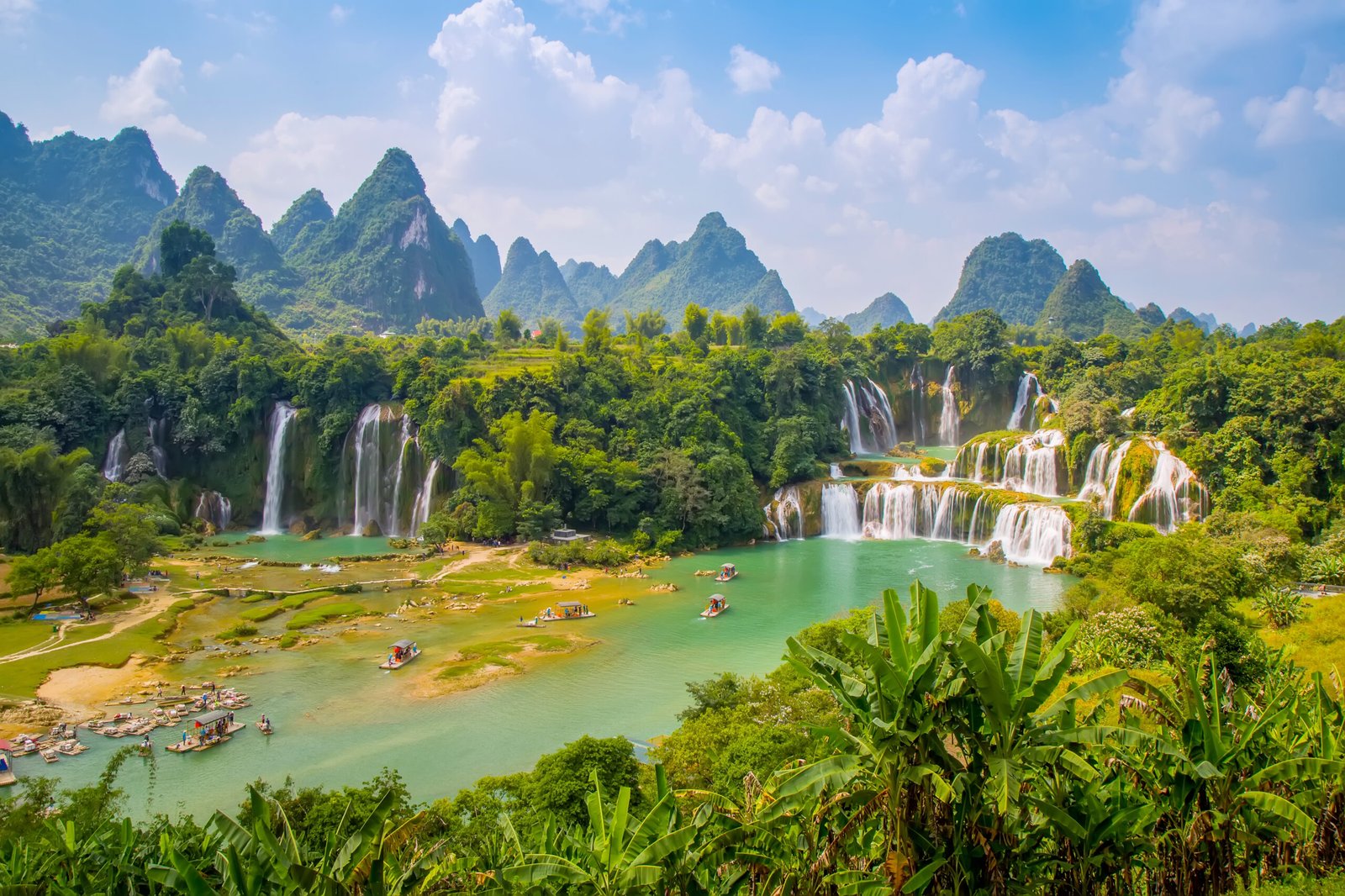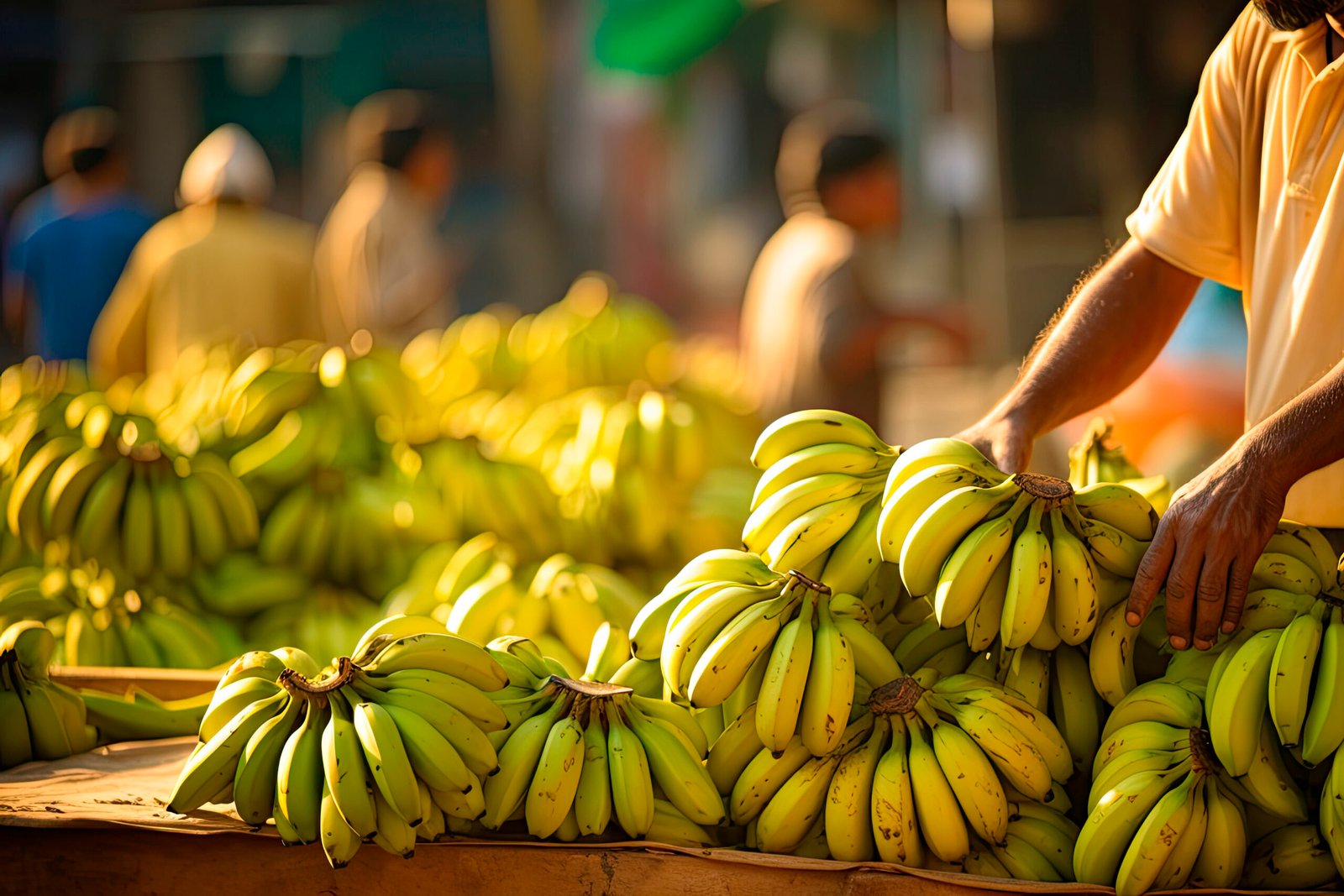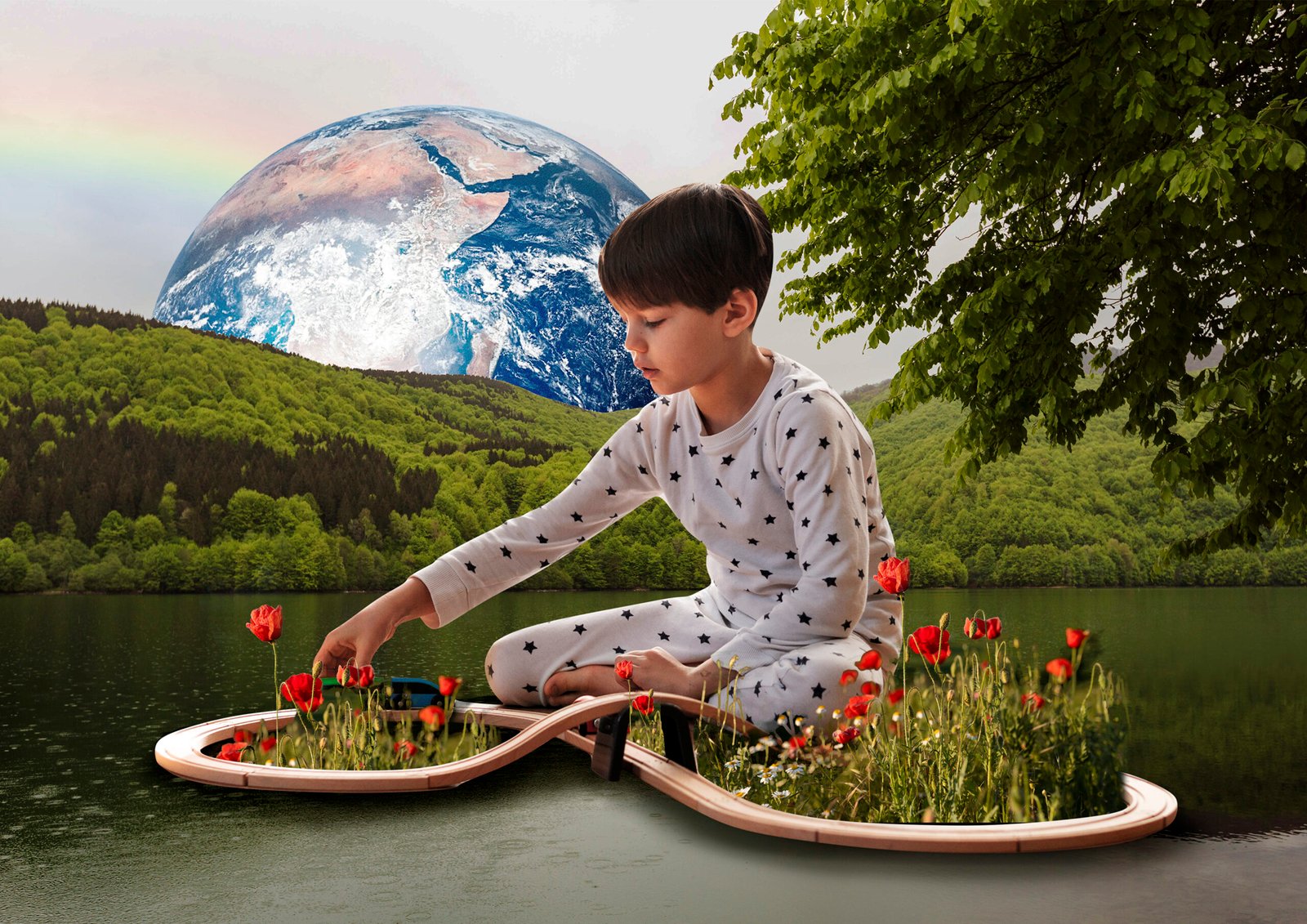Nature is everything in the physical world and not made by human beings. This ranges from life forms (flora and fauna) to non-living aspects. This includes all living things, us plants–animals-unicellulars), water-air-soil elements; rocks & minerals). Nature also encompasses natural processes and phenomena with weather patterns, geological formations, and the living things that determine our structure.

On our planet, natural competitors span from tiny bacteria to large animals and share the same need: all care about their ecology — one of them preserves ecological balance. Plants give off oxygen and food, animals are involved in nutrient cycling and pollination activity as well microorganisms break down organic matter. The combination of these organisms give way to the netting complex matrix of life woven together through diverse ecological relationships.
Water, air as well as minerals which exist in nature play an equally major role. Water supports all biological processes of life, air provides the gasses essential for respiration and minerals are necessary not only to maintain soil health but also plant growth. This is the physical aspect that supports life habitat-wise.
Closely related to natural and physical challenges, a variety of processes and events that occur naturally also help define the world around us. Ecosystems and the distribution of species are affected by weather patterns like rain, wind or temperature changes. Geological processes such as volcanic eruptions, earthquakes and erosion reshape the Earth’s surface throughout time giving rise to new landscapes capable of offering habitable places. Ecosystems, the communities of living organisms interacting with their physical environment are essential in supporting biodiversity and regulating processes such as water purification and climate control.
Final Thoughts: Nature is the original stage and commons in which all that lives resides. It sustains life and is the place where different organisms live, work together — or prey upon each other. Nature is the origin of all resources, from microhabitats that feed tiny lives to massive global climate systems affecting every corner on this planet. We need to learn from and respect nature in order to keep the ecosystem balanced and also give way for life on earth to be available to our offspring.
Components of Nature:
Living Organisms:
Nature which is full of life, humans animals plants even bacteria. The survival of these living creatures are interdependent on them and their immediate environment.
Landscapes and Ecosystems:
Meanwhile, nature is diverse in a variety of landscapes such as mountain ranges, forests, deserts and oceans. Ecosystems: these are places or communities where living things interact with each other and their physical environment.
Natural Resources:
Essentially, the resources like water, air, soil minerals and food are provided only by nature. Important resources which keep us alive and we survive on.
Weather and Climate:
Weather refers to the short-term changes experienced in the atmosphere, such as rain and sunshine. Climate — The average, long-term weather conditions of a particular area. The two are important in nature, and shape how ecosystems work.
Natural Phenomena:
Different activities and events taking place in nature, plant growth processes, river flows by time to the ocean; earth warms up will cause land melts with an unknown frequency Plasticity of soil depends on water Group 2 The changes we may feel are hard are knowable. They occur within a framework that can be understood—provided one addresses three basic issues properly: How do you balance dissent against solidarity? Natural events that influence our world.

Importance of Nature:
Supporting Life:
There is food, water, house air etc, nature gives everything so that all the living beings can survive. Life simply could not exist without the natural world.
Balancing Ecosystems:
Nature always keeps an equilibrium of ecosystems where some species can live and prosper. Plants are producing oxygen that animals breathe and in return, plants really benefit from it as the approximately 1 billion tonnes of seed spread by fuckwits like you.
Inspiration and Beauty:
Beautiful ideas often come from nature’s brains. Of all, natural surroundings such as parks and forests, beaches are the common places where people seek peace of mind. Nature is at the heart of many cultures and traditions.
Health and Well-being:
For both mental and physical health, spending time in nature is good. This can reduce stress, increase enjoyment and feelings of well-being.
Threats to Nature:
Pollution:
Pollution can result from human activities such as industrial processes, waste dumping and the application of synthetic elements. This pollution contaminates various habitats of plants and animals’ health, it destroys the purity of water resources, air, soil saturated with toxic elements.
Deforestation:
The conversion of forests to agriculture or land for urban development ourselves is destroying habitats that many species rely upon, resulting in a largely biodiversity decline.
Climate Change:
Global warming is often blamed on the burning of fossil fuels and deforestation. The weather and sea levels are changing rapidly, and habitats disappearing for creatures humans may never even know existed.
Overuse of Resources:
Nature can take a beating from overfishing, mining and unsustainable farming practices that deplete natural resources — leaving in its wake an empty husk of the ecosphere upon which life depends.
Protecting Nature:
There are vigilant actions that we must take in order to preserve nature and have it continue as a provision of life on Earth.
Conserve Resources:
In fact, one of the best ways to save nature is by saving those things that we regularly use. This also implies utilizing fewer resources like water, energy and other natural elements. Simple things like switching off lights when not in use, repairing leaking taps, buying energy efficient gadgets and reducing water wastage can go a long way. When we save resources, precious ecosystems and the biodiversity that depends on them are conserved so that these vital services will be available to future pass a way of useful service next generations.
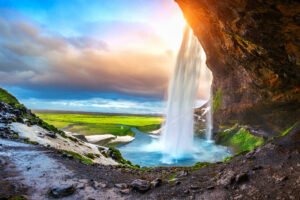
Protect Wildlife:
Protecting wildlife is important for preserving biodiversity, and this in turn ensures that ecosystems continue to function properly. Habitat loss, poaching and climate change have led to many species becoming endangered. Conserving natural habitats, building wildlife corridors and strictly enforcing laws against illegal hunting or trade can aid in preserving our wild animals. Moreover, we can also help in providing two lifelines to endangered animals by donating towards wildlife sanctuaries and animal welfare organizations who are working hard for the existence of these species.
Reduce Pollution:
One of the biggest threats to our nature is indeed pollution. It pollutes the air, water and soil leading to adverse impacts on plants, animals as well as humans. In other words: in low carbon energy to reduce pollution, with minimal plastics, chemicals and fossil fuels. The way we can do this, is by practicing recycling and minimizing our waste production as individuals — from using hardcore recyclable materials to reusable options if available or opting for eco-friendly alternatives like trying home-made cosmetics in lieu of the commercial ones; reducing our car usage/driving lesser cars on road (carbon foot-prints), switching to solar power/electric appliances slowly but surely migrating towards electric vehicles! When we reduce pollution, it means less damage for the environment which ultimately maintains the natural beauty of our planet.
Support Conservation:
The importance is played by this factor in the conservation of nature. This may include getting involved in projects such as tree planting, habitat restoration and clean-up drives of natural areas. Did you know we can plant trees to fight deforestation, bring back ecosystems and support wildlife? By cleaning pollution rememberers such as beaches and rivers, this places the environment in its natural state prohibiting it from committing any further damage This involves practicing sound agricultural, fishing and forestry practices which conserve the natural resource base so that they can be sustained for future generations.
Educate and Raise Awareness:
The education and awareness of the public is crucial in protecting nature. If we educate others on the environment, then maybe they too will take action. We have to raise awareness not only about the loss of biodiversity, but also tell others that we need to change our practices, adapt how we live so as climate changes forests are no longer adversely impacted. That is why awareness should be raised through schools, communities and other organizations where campaigns, workshops and educational programs are used. The greater the understanding of what it means to protect all life on Earth, the higher the likelihood that people will take environmental action.
Champion to Planetary Policies:
Supporting strong environmental policies is another key action that helps to guard nature. Governments monitor activities that have an impact on the environment (or are anticipated to), such as industrial pollution, land use and resource extraction. We can influence change on a much broader scale by advocating for policies that promote conservation and the reduction of greenhouse gas emissions, as well as support natural habitats. That might mean voting in leaders who care for the environment, joining environmental advocacy groups or even protesting peacefully to demand climate action.
Seek Out Green Businesses:
This can also help to protect nature, but buying from business that are environmental friendly. Today it is common for businesses to implement eco-friendly measures, such as the use of green energy sources, material reuse and responsible procurement. We can favour more companies to adapt sustainable practices by choosing the products from these brands. These events bring the community together and allow for local businesses as well are more affordable while leaving less of a carbon footprint than shipping goods long distance”bytes that other regions may not have been able to enjoy otherwise, such that they are good matches for your product or service还 at least ensures some growth.
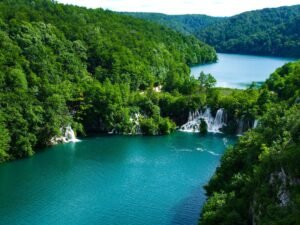
Conclusion:
Nature is the base of all life on earth. This resource is what gives us the sustenance we need in order to live – things like food, water and air. Additionally, nature provides aesthetic appeal and inspiration; it is our refuge and offers a soothing balm to help cope with the everyday stresses of modern living. But the fact that nature is natural, it only makes us fragile and much of an open book for whatever we do is why; our actions affect everything.
If we want for nature to continue thriving and supporting human life for thousands of years, then it is upon us the fate of protecting. It involves saving resources, preserving nature and the wildlife, reducing pollution together with supporting conservation efforts, educating others as well as urging governments to enact and enforce strict environmental laws while backing companies that produce eco-friendly products. Through undertaking such endeavors, we can do our part in keeping the balance of the ecosystems in our planet — to uphold its breathtaking array of life and ensure a brighter more sustainable future for both us and generations yet unborn.

